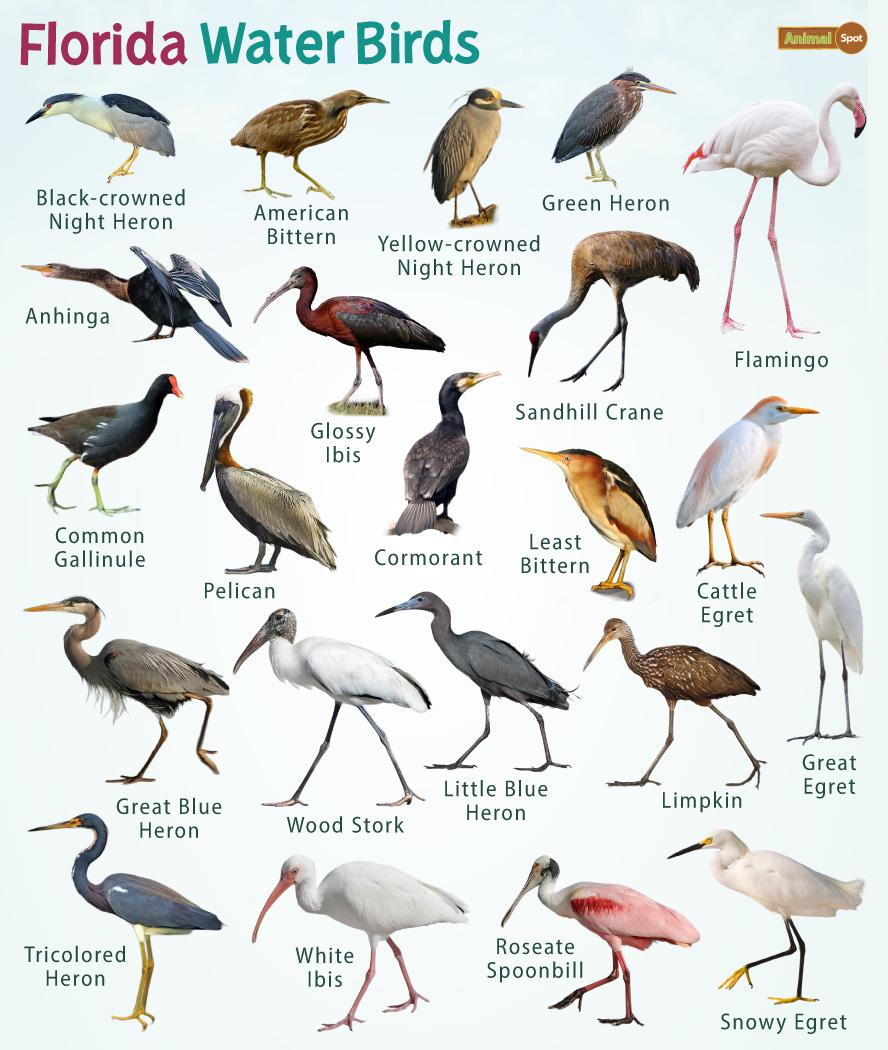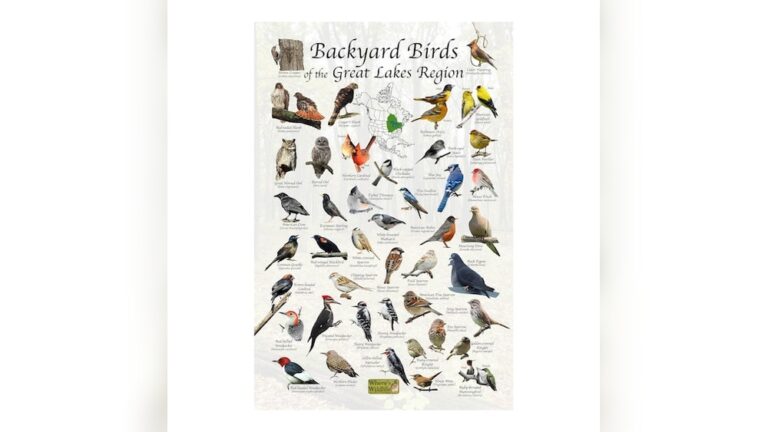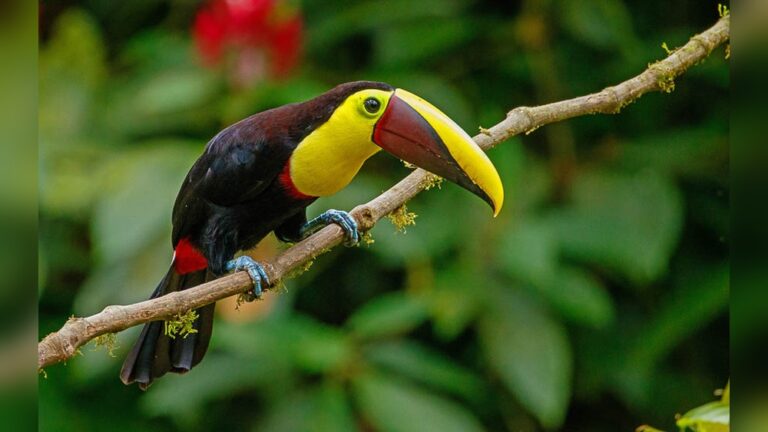Water Birds Florida
Have you ever wondered what makes Florida a paradise for water birds? If you love spotting colorful feathers and graceful wings, you’re in the right place.
Florida’s wetlands, lakes, and coastlines are home to some of the most fascinating water birds you can imagine. You’ll discover which species you might see, where to find them, and why these birds are so important to the environment. Get ready to dive into the world of water birds in Florida and uncover secrets that will make your next outdoor adventure unforgettable.

Credit: www.amazon.com
Common Water Birds
Florida’s wetlands and shores host many water birds. These birds live near water and depend on it for food and shelter. You can see them in lakes, rivers, and coastal areas. Each species has unique habits and features. Knowing common water birds helps you enjoy birdwatching in Florida.
Herons And Egrets
Herons and egrets are tall birds with long legs and necks. They stand still in shallow water to catch fish. The Great Blue Heron is common and easy to spot. Egrets have white feathers and look graceful. Both birds use sharp bills to catch small fish and frogs.
Pelicans And Cormorants
Pelicans have large beaks with a pouch to hold fish. They often dive into water to catch their food. Cormorants are smaller and dive underwater to hunt. They spread their wings to dry after swimming. These birds often rest together on docks or rocks.
Ducks And Geese
Ducks and geese are common in Florida’s lakes and ponds. They have webbed feet for swimming. Many ducks have colorful feathers. Geese are larger and often seen grazing on grass. Both birds feed on plants, insects, and small fish.
Rails And Gallinules
Rails and gallinules live in marshy areas with tall grasses. They are shy and hard to see. These birds have strong legs to walk on soft mud. Gallinules have bright red bills and feet. Rails make soft calls and move quietly through the reeds.
Habitats In Florida
Florida offers a rich variety of habitats for water birds. Each habitat supports different species and behaviors. These environments provide food, shelter, and breeding grounds. Understanding these habitats helps us appreciate Florida’s unique bird life.
Freshwater Wetlands
Freshwater wetlands cover large parts of Florida. These areas include marshes, swamps, and ponds. Water birds like herons and egrets thrive here. They hunt fish and insects in shallow waters. Wetlands also serve as safe nesting sites for many species.
Coastal Estuaries
Coastal estuaries form where rivers meet the sea. These brackish waters are rich in nutrients. Birds such as pelicans and ospreys fish here daily. Estuaries provide a mix of fresh and saltwater habitats. This mix attracts diverse water bird populations.
Mangroves And Marshes
Mangroves grow along Florida’s warm coastlines. Their roots create complex underwater shelters. Marshes are grassy wetlands near the shore. Both habitats protect birds from predators. They offer perfect spots for feeding and nesting.
Migration Patterns
Water birds in Florida follow interesting migration patterns. These patterns show how birds move across regions with the seasons. Migration helps birds find food, better weather, and safe places to rest.
Each species has its own unique route and timing. These movements affect Florida’s ecosystems and birdwatching opportunities. Understanding migration sheds light on the lives of these birds.
Seasonal Movements
Many water birds leave Florida in late spring. They fly north to breed in cooler areas. In fall, they return to Florida’s warmer climate. Some species migrate short distances. Others travel thousands of miles. Seasonal movements depend on food supply and weather.
Stopover Sites
During migration, birds need places to rest and eat. Florida offers many wetlands and coastal areas. These stopover sites provide shelter and food. Birds gain energy to continue their journey. Protecting these sites is crucial for bird survival.
Wintering Grounds
Florida serves as a winter home for many water birds. Birds from colder northern regions find warmth here. They stay in marshes, lakes, and beaches. These grounds support large populations during winter months. The mild climate and food availability make Florida ideal.

Credit: www.leaveonlybubbles.com
Feeding Behavior
Water birds in Florida show unique feeding behaviors adapted to their wetland habitats. Their ways of finding and eating food help them survive in diverse environments. Understanding these behaviors reveals their role in the local ecosystem.
Foraging Techniques
Water birds use different methods to find food. Some dive underwater to catch fish or insects. Others wade in shallow waters, picking small creatures from mud or plants. Some species use their long beaks to probe mud for hidden prey. Each bird adapts its technique to its body and habitat.
Diet Preferences
These birds eat a variety of foods. Fish, crustaceans, insects, and small amphibians are common. Some prefer plants, seeds, or algae. Diet varies by species and season. This variety helps reduce competition for food among species.
Role In Ecosystem
Water birds control insect and fish populations. They spread seeds and help plants grow. Their feeding stirs up mud, which keeps wetlands healthy. These actions maintain balance in Florida’s wetland environments. Water birds are vital to ecosystem health.
Breeding And Nesting
Water birds in Florida show fascinating breeding and nesting behaviors. These activities ensure the survival of their species. Each step, from choosing a spot to raising chicks, is important. Their habits adapt to Florida’s unique environment. This section explores how these birds build nests, perform courtship, and care for their young.
Nesting Sites
Water birds select safe places to build nests. Many prefer wetlands, marshes, or mangroves. These areas provide shelter from predators and floods. Some birds nest in trees, others on the ground. The choice depends on the species and habitat. Nest materials include twigs, leaves, and mud. These materials protect eggs and keep them warm.
Courtship Displays
Courtship is a vital part of breeding. Males often perform dances or calls to attract females. Bright feathers and special movements catch attention. These displays show strength and health. Some species build elaborate structures or bring gifts. These actions help pairs bond and choose mates.
Raising Chicks
After eggs hatch, parents work hard to feed chicks. Both parents share duties in many species. They bring food like fish, insects, or small crustaceans. Young birds stay in the nest until they can fly. Parents protect them from danger during this time. Teaching chicks to find food is a critical step.

Credit: www.animalspot.net
Conservation Challenges
Water birds in Florida face many conservation challenges. These challenges threaten their survival and the delicate balance of wetland ecosystems. Protecting these birds requires understanding these problems clearly.
Habitat Loss
Florida’s wetlands are shrinking fast. Urban growth and farming replace natural spaces. Water birds lose places to live, feed, and breed. Without good habitat, bird populations drop quickly. Restoring wetlands is critical for their survival.
Pollution Effects
Pollution harms water quality and bird health. Chemicals from farms and cities enter lakes and rivers. Birds ingest toxins through fish and plants. Pollution causes sickness and lowers bird numbers. Clean water is vital to keep birds safe.
Human Disturbance
People often disturb nesting and feeding areas. Boating, fishing, and walking near nests scare birds away. Disturbance leads to fewer chicks and stress. Respecting wildlife zones helps birds thrive. Quiet and distance protect their fragile habitats.
Birdwatching Tips
Birdwatching in Florida offers a chance to see many beautiful water birds. To enjoy this activity fully, some tips help make your visit pleasant and successful. These tips cover the best spots, the right time to visit, and how to prepare your gear.
Following simple rules also keeps the birds safe and happy. Read on for useful advice to improve your birdwatching experience.
Best Locations
Florida has many great places to see water birds. Look for wetlands, lakes, and coastal areas. Everglades National Park is a top spot with many bird species. Other good places include Merritt Island and Lake Okeechobee. Visit parks with water bodies for the best chance to spot birds.
Seasonal Timing
Bird activity changes with the seasons. Winter months bring many migratory water birds to Florida. Spring and fall also offer good birdwatching chances. Summer can be hot and wet, so early mornings work best. Check the season before planning your trip to see more birds.
Equipment And Etiquette
Bring binoculars to see birds clearly from a distance. A camera with a zoom lens helps capture photos. Dress in neutral colors to avoid scaring birds. Stay quiet and move slowly to avoid disturbing wildlife. Keep a safe distance and never feed the birds. Respect the environment and other visitors.
How Smart Pets Lover Can Help You with Water Birds Florida
Practical Learning Through Florida’s Water Birds
Exploring the fascinating world of water birds in Florida offers more than just beautiful sightings—it’s a hands-on way to deepen your understanding of nature’s rhythms. By observing their feeding behavior and migration patterns, you can gain real insight into how these birds adapt and thrive in diverse habitats across the state.
- Try keeping a simple nature journal to track common species you spot, noting changes in their behaviors and habitats.
- Visit local wetlands or reserves during different seasons to witness breeding and nesting firsthand, enriching your connection with these resilient creatures.
- Engage with community birdwatching groups or online forums where fellow enthusiasts share tips and conservation news.
At Smart Pets Lover, we believe that every observation nurtures a deeper bond with wildlife, much like the relationships we cherish with our pets. If you’re keen to learn more or share your experiences, reaching out to local conservation organizations or wildlife experts can be a great next step. Remember, understanding these water birds helps us all contribute to their protection—because every chirp and splash tells a story worth knowing.
Frequently Asked Questions
What Types Of Water Birds Are Common In Florida?
Florida hosts various water birds like herons, egrets, pelicans, ibis, and ducks. These birds thrive in wetlands, lakes, and coastal areas. Their diversity supports Florida’s rich ecosystem and attracts birdwatchers year-round.
Where Can I See Water Birds In Florida?
Top spots include the Everglades, Merritt Island, and Corkscrew Swamp Sanctuary. These areas offer ideal habitats with fresh and saltwater environments. Visiting early morning increases chances of spotting diverse water birds.
What Do Florida Water Birds Eat?
Water birds in Florida primarily eat fish, crustaceans, insects, and amphibians. Their diet varies by species and habitat. Many use specialized hunting techniques like spearing or scooping to catch prey.
How Do Florida Water Birds Adapt To Wetland Habitats?
They have long legs and beaks for wading and fishing. Their feathers repel water, and they nest in trees or shrubs near water. These adaptations help them survive and thrive in Florida’s wetlands.
Conclusion
Florida’s water birds offer a unique view of nature’s beauty. Their colors and calls bring life to lakes and shores. Watching these birds helps us appreciate wildlife close to home. Protecting their habitats keeps these birds safe and thriving. Each visit to Florida’s waters can reveal a new feathered friend.
Nature’s wonders wait quietly, ready to be explored and enjoyed.






